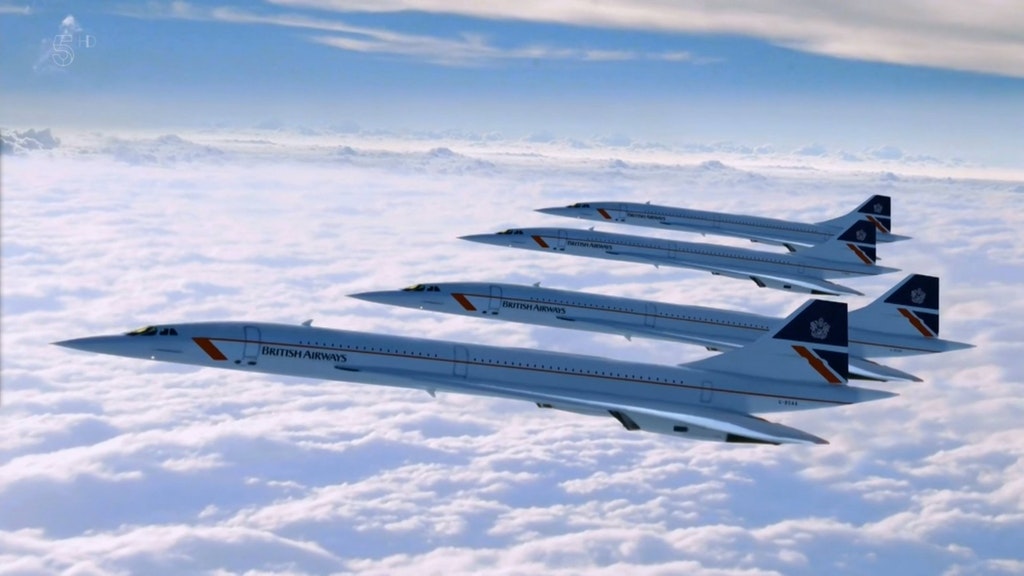
By early 1976, most things were in place to allow Concorde to enter commercial service. British Airways and Air France had opened Concorde reservations the previous October, the aircraft had now been certificated, the airlines operational infrastructure was largely in place and despite the strong anti Concorde sentiment being expressed by some, most were fascinated with Concorde. Concorde fares were established with the agreement of the International Air Transport Association (IATA) at the first class rate of a given route plus 20%.
One major stumbling block which inhibited early service operations was the ban on Concorde using US airports. Service across the Atlantic was to be Concorde’s jewel in the crown, the route for which the aircraft had primarily been designed. This route was not only important from a economic aspect, being UK/Europe/USA, most of the route was over water which removed the concerns over the sonic boom noise.
Without the approval to fly this route, Concorde was a dead duck. The resistance from the US to allow Concorde to use their airports may in some part been due to the cancellation of their own STT project. But it was presented on the grounds of noise and air pollution. Considerable effort was put into winning to right to fly there, a battle that was eventually won.
But at the beginning both British Airways and Air France needed to find alternative routes for Concorde’s inaugural services. Air France decided on Paris to Rio de Janeiro via Dakar. This route had a lower traffic density than services to New York, but it proved to be sufficiently busy in the early days to justify it.
British Airways opened Concorde operations with the less satisfactory London to Bahrain service. This was a difficult segment for Concorde as it involved a subsonic leg over Europe, a curved tack over the eastern Mediterranean and the need for absolutely precise navigation through the narrow corridor over the unstable Middle East. But despite this, Concorde still managed to complete the flight in four hours compared to a subsonic aircraft which took 6.5 hours to complete the route.
Unfortunately, the route was mainly overland, forcing the Concorde to fly at subsonic speeds on large portions of the LHR-BAH flight. But the aircraft still managed to save around two and a half hours over the regular flights with a M.95 cruise speed during these segments. The supersonic operations over the Saudi desert had to be dropped after some complaints from nomads that the sonic booms upset camels and ruined their sex lives.








